
- For PC
- For MAC
- For Linux
- OS: Windows 10 (64 bit)
- Processor: Dual-Core 2.2 GHz
- Memory: 4GB
- Video Card: DirectX 11 level video card: AMD Radeon 77XX / NVIDIA GeForce GTX 660. The minimum supported resolution for the game is 720p.
- Network: Broadband Internet connection
- Hard Drive: 23.1 GB (Minimal client)
- OS: Windows 10/11 (64 bit)
- Processor: Intel Core i5 or Ryzen 5 3600 and better
- Memory: 16 GB and more
- Video Card: DirectX 11 level video card or higher and drivers: Nvidia GeForce 1060 and higher, Radeon RX 570 and higher
- Network: Broadband Internet connection
- Hard Drive: 75.9 GB (Full client)
- OS: Mac OS Big Sur 11.0 or newer
- Processor: Core i5, minimum 2.2GHz (Intel Xeon is not supported)
- Memory: 6 GB
- Video Card: Intel Iris Pro 5200 (Mac), or analog from AMD/Nvidia for Mac. Minimum supported resolution for the game is 720p with Metal support.
- Network: Broadband Internet connection
- Hard Drive: 22.1 GB (Minimal client)
- OS: Mac OS Big Sur 11.0 or newer
- Processor: Core i7 (Intel Xeon is not supported)
- Memory: 8 GB
- Video Card: Radeon Vega II or higher with Metal support.
- Network: Broadband Internet connection
- Hard Drive: 62.2 GB (Full client)
- OS: Most modern 64bit Linux distributions
- Processor: Dual-Core 2.4 GHz
- Memory: 4 GB
- Video Card: NVIDIA 660 with latest proprietary drivers (not older than 6 months) / similar AMD with latest proprietary drivers (not older than 6 months; the minimum supported resolution for the game is 720p) with Vulkan support.
- Network: Broadband Internet connection
- Hard Drive: 22.1 GB (Minimal client)
- OS: Ubuntu 20.04 64bit
- Processor: Intel Core i7
- Memory: 16 GB
- Video Card: NVIDIA 1060 with latest proprietary drivers (not older than 6 months) / similar AMD (Radeon RX 570) with latest proprietary drivers (not older than 6 months) with Vulkan support.
- Network: Broadband Internet connection
- Hard Drive: 62.2 GB (Full client)
The Hawker Siddeley Harrier was the world’s first operationally successful ground attack aircraft with vertical/short takeoff and landing (V/STOL) capabilities. Developed during the 1960’s, several variants of the Harrier are now on course to also become the first V/STOL aircraft available to pilots in War Thunder as they arrive in the game as part of the ‘New Power’ update!
Briefly: A 1960’s British ground attack aircraft featuring innovative thrust vectoring technology, making it the first aircraft of its kind to possess V/STOL capabilities.
Harrier, jet fighter, Great Britain/USA, V/VI rank.
Pros
- VTOL capabilities
- Versatile secondary weapons
- Premium bonuses (on AV-8A & Harrier GR.1)
Cons
- Subsonic
- Limited ordnance compared to conventional strike aircraft
In the late 1950’s, the Bristol company was conducting work on developing an engine featuring innovative thrust vectoring technology. Hawker, impressed with the new engine, began closely working with Bristol to develop an aircraft which could successfully harness the full potential of the Pegasus thrust vectoring engine. The basic idea was to design an aircraft with V/STOL capabilities. From that point, the project became known as the P.1127.
In the early 1960’s, a growing interest for V/STOL strike aircraft could be observed among most NATO member states. This resulted in an agreement between the US, Great Britain and West Germany in 1961 to order nine modified versions of the P.1127 - the first versions of which were test flown in the previous year - as evaluators. At the same time, the British evaluation aircraft received the designation Kestrel FGA.1.
Despite suffering setbacks with the P.1154 - a supersonic version of the aircraft developed by Hawker in parallel - evaluations of the Kestrel continued as planned during the early 1960’s and concluded in November of 1965. After the P.1154 was ultimately cancelled, the RAF, pleased with the evaluation results of the Kestrel, put up a requirement to modify the Kestrel and placed an order for six pre-production aircraft, designated P.1127 (RAF). Following its maiden flight in August of 1966, the RAF extended the purchase order to 60 production aircraft, now receiving the official designation Harrier GR.1.
The Harrier GR.1 undertook its maiden flight in December 1967 and officially entered service with the RAF in April of 1969. Being involved early on with the aircraft’s development, the US also expressed interest in procuring the Harrier. This ultimately resulted in a partnership agreement between Hawker Siddeley and McDonnell Douglas in the late 1960’s for a large delivery of Harriers to the USMC in the early 1970’s. In US service, the aircraft would receive the designation ‘AV-8 Harrier’.
The Harrier was initially deployed with British forces in West Germany in the early 1970’s. However, the Harrier saw the peak of its service career during the Falkland War in 1982, flying both ground attack as well as combat air patrol missions (modification Sea Harrier FRS.1) with great success, thus earning itself a high reputation.
Apart from British and American service, variants of the Harrier were also operated by Spain, Thailand and India. In total, around 270 Harriers were produced across all variants with the last being decommissioned from active service in the early 2000’s. The original Harrier was subsequently succeeded by a further developed variant - the Harrier II - but more importantly, it had successfully proven the viability of V/STOL aircraft, thus generating a sustained interest in such designs which can still be seen today.
In War Thunder, the Harrier will become the first V/STOL aircraft to arrive in the game and by doing so, pilots will have the chance to experience the aircraft in not just one, but up to four variants - including two premium modifications! Being a novel aircraft type in the game, the Harrier successfully combines the key characteristic features of both fixed wing aircraft as well as helicopters, meaning aspiring pilots will first need to get to grips with some of the new mechanics arriving in the game with the introduction of the Harrier. So let’s get you briefed!
Unlike all other aircraft in the game, the Harrier features a distinct thrust vectoring propulsion system - a feature that immediately becomes apparent when pilots spot the two thrust nozzles on either side of the airframe. These thrust nozzles can be rotated from 0 - 98° manually by pilots, and with enough thrust applied, the aircraft will either take off normally or vertically, depending on the angle set to the thrust nozzles. In flight, pilots can vary the nozzles’ angle to alter the flight characteristics of the aircraft - for example to perform tighter turns - but this skill will naturally require some practice before mastering it! Additionally, pilots will also be able to enter hover mode with the press of a button - similar to helicopters - thus enabling them to perform helicopter-style attack runs or avoid enemy detection at low altitude.
Now that pilots have a rough understanding of how the Harrier works, let’s get into some detail about the aircraft itself, shall we? The beating heart behind the thrust vectoring system described earlier is the Rolls-Royce/Bristol Pegasus turbofan jet engine nestled deep inside the airframe. Depending on the version of the engine, it can generate from 19,000 - 21,500 lbf (8618 - 9752 kgf) of thrust, thus allowing the aircraft to reach speeds between 683 - 745 mph (1,100 - 1,200 kph), depending on the modification of the aircraft. At any rate, the Harrier is unable to attain supersonic speeds under normal circumstances, especially when loaded with ordnance. However, pilots can push the aircraft to its limits and break the sound barrier in a dive, assuming they don’t break the aircraft beforehand.
Having touched on the subject of Harrier variants, here’s a brief overview of the modifications arriving in War Thunder with the ‘New Power’ update;
Harrier GR.1
(Great Britain, V rank, GE premium)
- The first production variant of the Harrier to enter service with the RAF.
Harrier GR.3
(Great Britain, VI rank)
- The upgraded RAF Harrier, featuring a more powerful Pegasus 11 engine.
AV-8A Harrier
(USA, V rank, premium, Store pack)
- The first Harrier modification to enter service with the USMC. Equipped with the same engine found on the GR.3.
AV-8C Harrier
(USA, VI rank)
A later modification of the US Harrier, created by upgrading the AV-8A.
All modifications of the Harrier come fitted with a pair of 30mm ADEN cannons as standard, comprising their primary armament. However, their arsenal can be further augmented through the installation of air-to-air missiles, bombs as well as unguided rockets. This means that pilots can ideally outfit their Harrier for the task at hand, whether it be ground attack or combat air patrol missions. However, it should be noted that the Harrier doesn’t shine in either of those two roles exclusively, but rather demonstrates its full potential in a combination of the two.
The Harrier’s payload is rather limited compared to some other attack aircraft in the game, but it’s enough to deliver a precision strike in order to halt an enemy advance. After delivering its payload, the Harrier’s excellent flight characteristics and VTOL abilities allow it to loiter in the mission area, potentially undetected at low altitude, picking off any unwanted aerial intruders as they enter its airspace!
Aspiring owners of the premium modifications of the Harrier may obtain the American AV-8A version as part of a special bundle in our online store, or the British Harrier GR.1 in the game for Golden Eagles. Possessing similar performance characteristics as the regular versions, the Harrier GR.1 and AV-8A primarily offer pilots additional rewards for all actions performed in combat as well as giving particularly eager pilots instant access to the aircraft, without needing to research it first.
The Harrier is one of many exciting new additions awaiting players in the upcoming War Thunder ‘New Power’ update. However, we still have more interesting features to showcase, so make sure to stay tuned to the news! In the meantime, clear skies and happy hunting pilots. Dismissed!
The War Thunder Team
Previous Development Blogs
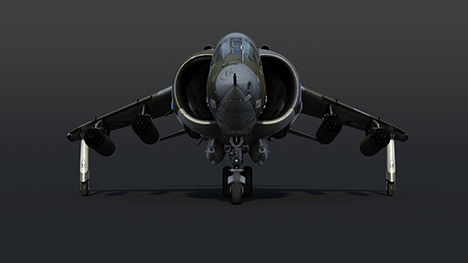
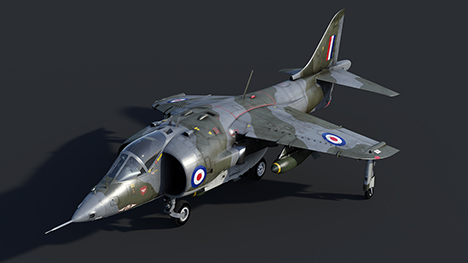
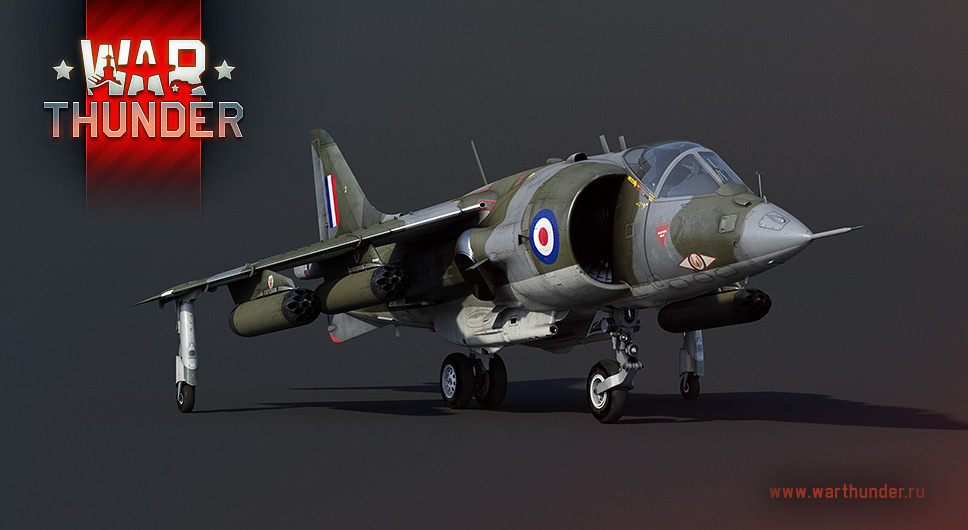
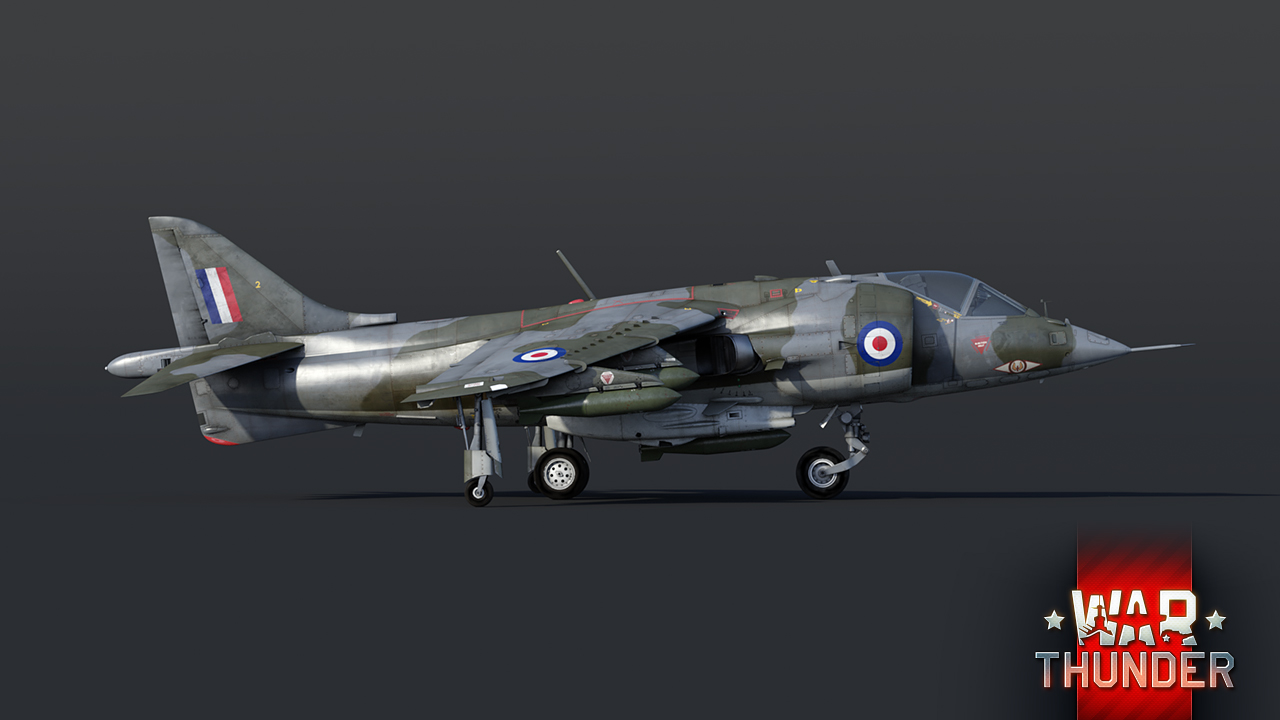
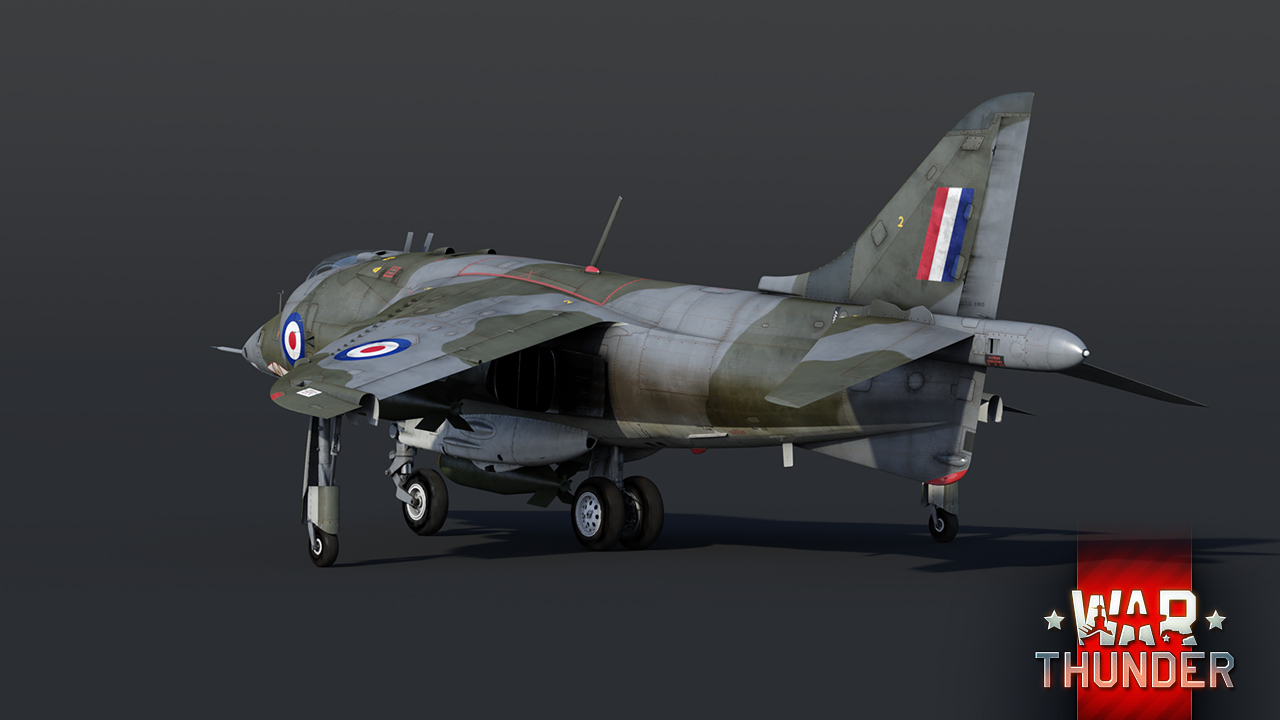
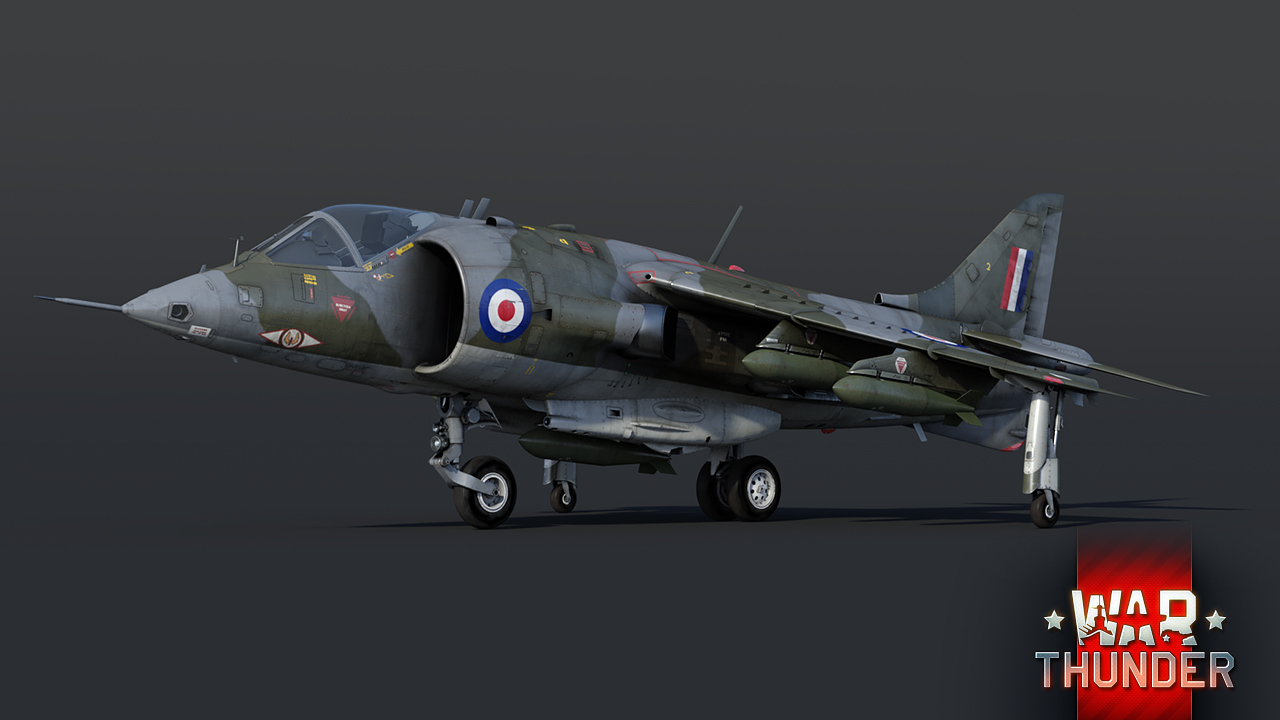
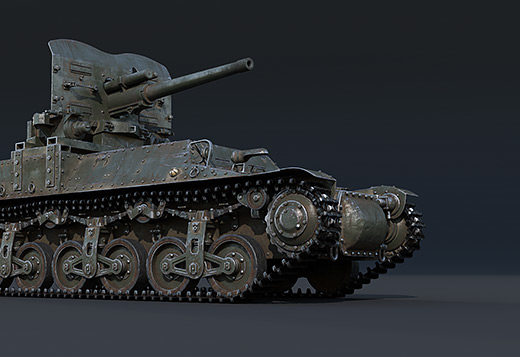
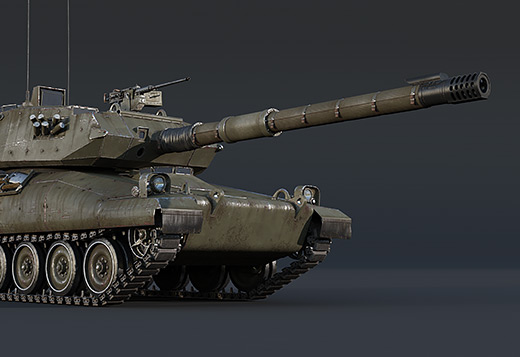
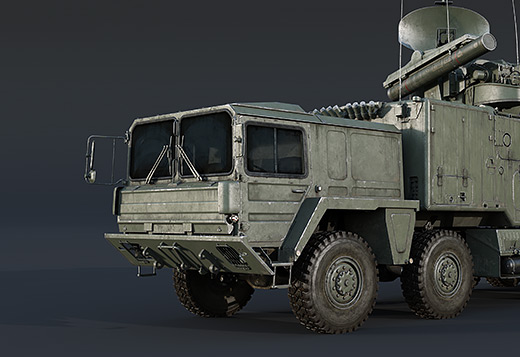
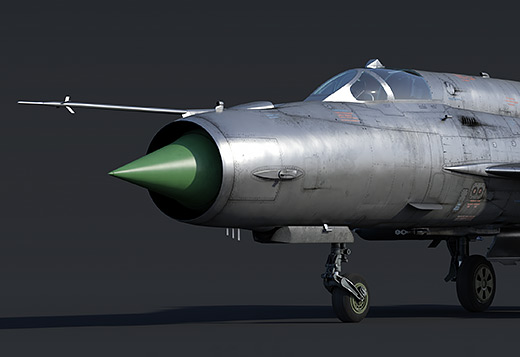
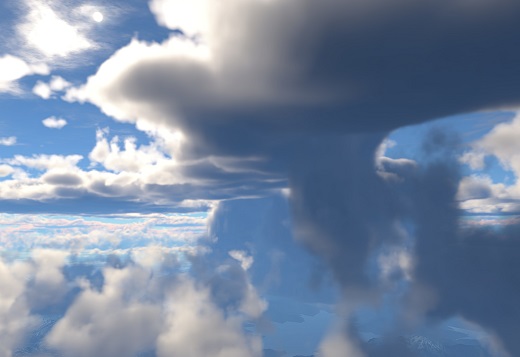
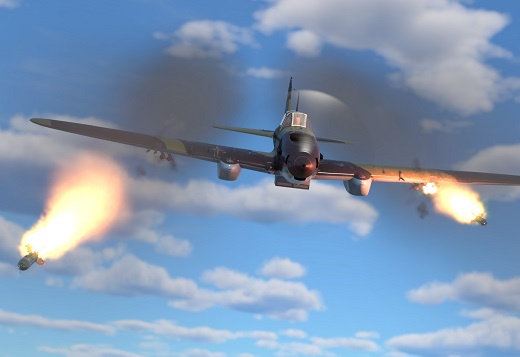
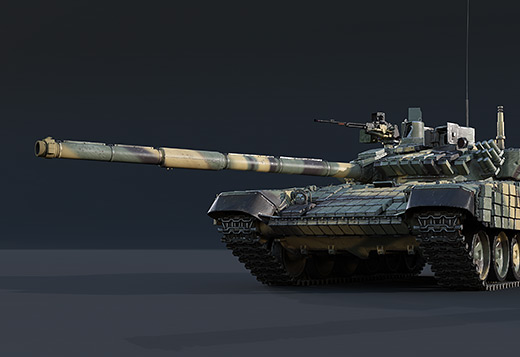
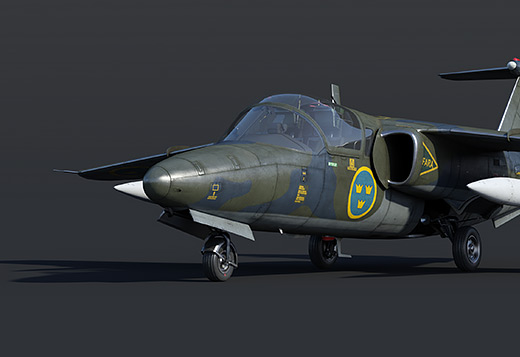
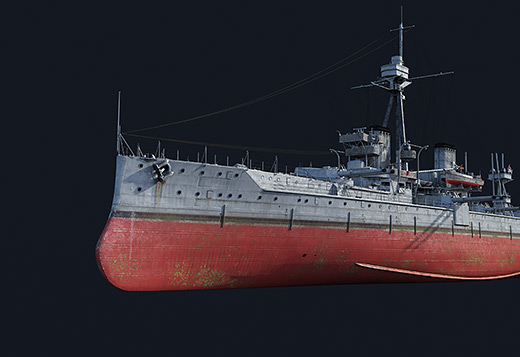
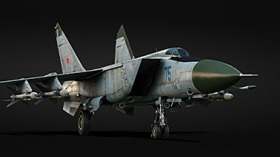

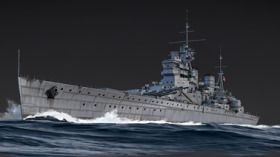

Comments (280)
Would be nice if we could play the game :)
so that's what came out of the UFO april fools event.
Server technical difficulties! All the time ))). More premium, more
Panavia Tornado and German F4 Phantom when?
When gaijin work out how to split Germany east/ west. They are panted to enough without having the best of both worlds in one tech tree
question, do we have possible placement ideas for the tech tree harriers?
at a guess, after the Supermarine Scimitar in the British tree
bacondude2, maybe after the banshees for america
Po-2:i'm your ancestor
Give November Warbondage
If you check the October Warbonds information... as you should... they are elongated to 16th this month. Warbonds mechanics will be changed with new update.
Galvars, better be rank prem in warbond ship rank 8 is close the door anyway
Can we expect a dev server tonight?
I hope the British tech tree ends up with a ultimate Harrier at some point please. Extra strong cup of tea required!
They gou up uppity up up and down diddly down down .
Submit a complaint